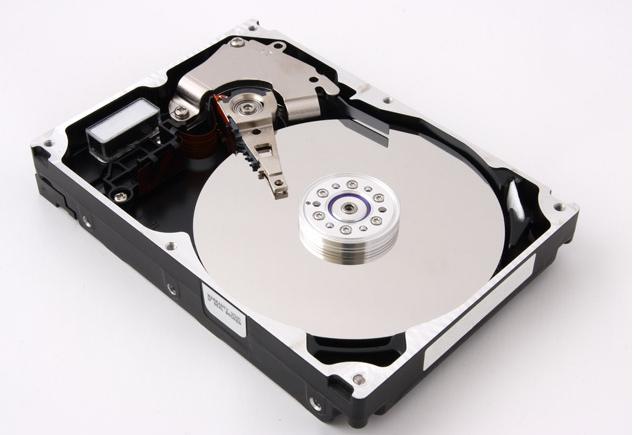Scientists at the Ames research lab have developed a method to grind and repurpose neodymium magnets found as a component of discarded computers. The process was developed at the U.S. Department of Energy's Critical Materials Institute (CMI) which focuses on technologies that make better use of materials and eliminate the need for materials that are subject to supply disruptions.
A news release published by the Ames Laboratory explains a process that turns discarded hard disk drive (HDD) magnets into new magnet material in a few steps. This innovative recycling technique addresses economic and environmental issues that often prohibit mining e-waste for valuable materials.
According to Ryan Ott, a scientist at Ames Laboratory and a member of the CMI research team, "with an ever-increasing amount of discarded electronics globally, it made sense to focus on the most ubiquitous source of valuable rare earth magnets in that waste stream—hard disk drives, which have a relatively centralized scrap source."
Scientists and entrepreneurs have been looking at various methods of extracting rare-earth elements out of e-waste, and some have shown initial promise. However, "some create unwanted by-products and the recovered elements still need to be incorporated into a new application," said Ott. By eliminating as many processing steps as possible, the Ames laboratory method transitions much more directly from the discarded magnet to an end product – a new magnet.
The Magnet Reclamation Process Described
1. Scrapped HDD magnets are collected
2. Any protective coatings are removed
3. Magnets are crushed into powder
4. Plasma spray is used to deposit powdered magnetic material on a substrate
5. Coatings can be varied from ½ to 1 mm thick
6. Properties of the end magnetic products are customizable depending on processing controls
While the new magnetic material cannot retain the exceptional magnetic properties of the original material, it potentially fills market needs for an economical choice where the performance of a high-strength rare-earth magnet is not required, but lower performance magnets like ferrites are not sufficient.
This waste reduction aspect of this process is really two-fold; not only reusing end-of-life magnets but also reducing the amount of manufacturing waste produced in making thin and small geometry magnets out of larger bulk materials.




